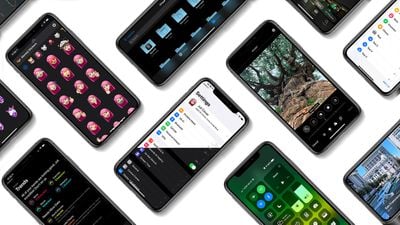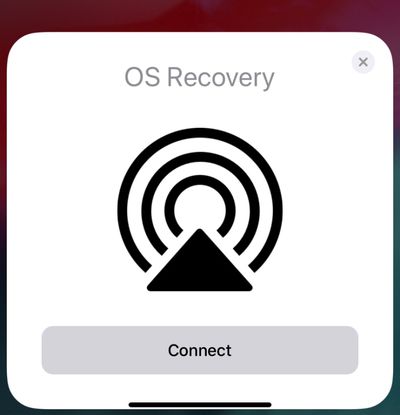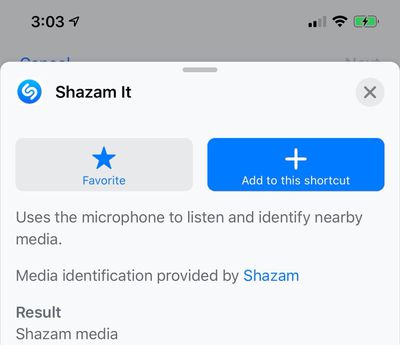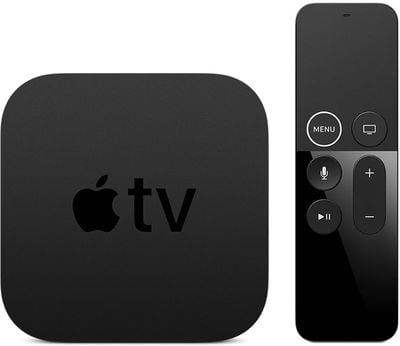Two more major events in the United States have been called off today as the coronavirus continues to spread, with organizers for both E3 and NAB announcing cancelations.

E3, a major gaming convention that draws more than 65,000 people, was set to be held on June 9 to June 11 in Los Angeles, California. E3 event organizers this morning said that canceling was the "best way to proceed" amid "increased and overwhelming concerns about COVID-19."
The E3 team is devastated to share this news. This decision was not reached lightly, but it is the right one for the health and safety of all involved. Read our statement here: https://t.co/1uOWxTerN9 pic.twitter.com/gD2IxNACLX — E3 (@E3) March 11, 2020
NAB is an annual trade show produced by the National Association of Broadcasters, and it typically draws somewhere around 100,000 people. This year's event was set to take place at the Las Vegas Convention Center from April 18 to April 22.
NAB event organizers have decided not to hold the event in the "interest of addressing the health and safety concerns" of stakeholders and in consultation with partners throughout the media and entertainment industry. Alternatives are being explored to provide the "best possible experience" for the community.
In light of the current public health emergency both domestically and globally, it is clear that it would not be possible to hold #NABShow in April as planned. NAB is evaluating a number of alternatives to the April show. For more info, please visit: https://t.co/CyALIcvTVX pic.twitter.com/rwQgdr92td — NAB Show (@NABShow) March 11, 2020
The cancelations of E3 and NAB come as the World Health Organization has officially declared the COVID-19 outbreak a global pandemic due to its rapid spread across the world.
Apple still has not provided word about its upcoming Worldwide Developers Conference, which is normally held in San Jose, California, in June, but it's looking increasingly likely that the event will be canceled or held in some digital capacity.



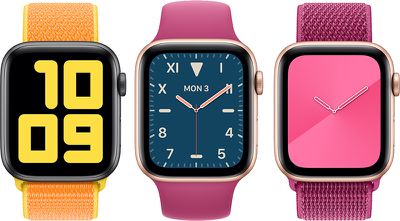


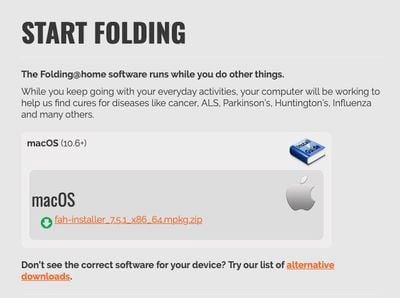


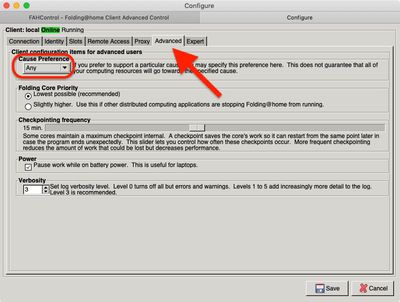
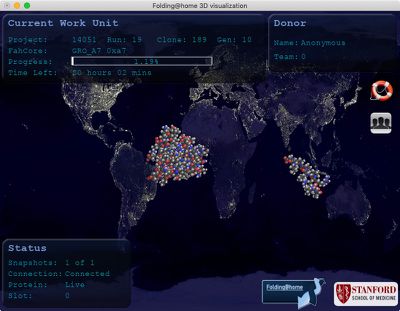

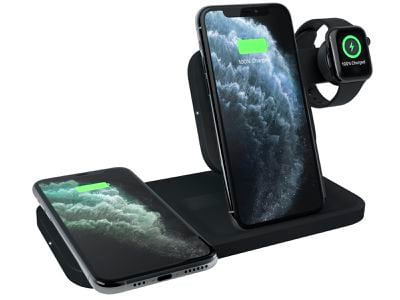



 Note: MacRumors is an affiliate partner with these vendors. When you click a link and make a purchase, we may receive a small payment, which helps us keep the site running.
Note: MacRumors is an affiliate partner with these vendors. When you click a link and make a purchase, we may receive a small payment, which helps us keep the site running.



